Revolutionizing Connectivity with Communication Electronics PCBA
In the fast-paced world of modern technology, communication is the cornerstone of progress. From smartphones to advanced networking systems, Communication Electronics Printed Circuit Board Assemblies (PCBAs) play a pivotal role in ensuring seamless connectivity. In this article, we will explore the significance of Communication Electronics PCBA, its applications in various devices, and the transformative impact it has on our interconnected world.
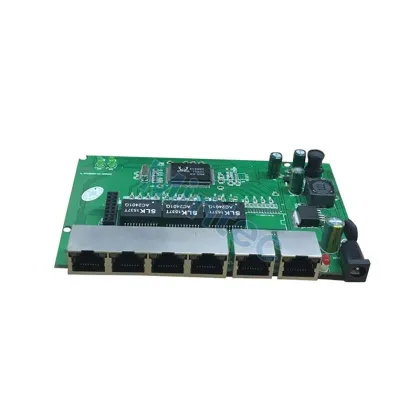
Understanding Communication Electronics PCBA
The Role of PCBA in Communication Electronics
Communication Electronics PCBA acts as the central nervous system of communication devices, facilitating the transmission and reception of data, signals, and information. It consists of electronic components skillfully arranged and soldered onto a printed circuit board, enabling devices to process and relay data with precision.
Components of Communication Electronics PCBA
Communication Electronics PCBA typically comprises various components, including microprocessors, memory chips, transistors, resistors, capacitors, connectors, and antennas. These components work in tandem to create a functional communication system.
Applications of Communication Electronics PCBA
Smartphones and Mobile Devices
Smartphones have become an indispensable part of modern life, and Communication Electronics PCBA is at the core of these devices. It enables cellular connectivity, Wi-Fi, Bluetooth, and GPS functionality, allowing users to stay connected and access information on the go.
Wireless Communication Systems
Wireless communication systems, such as routers, access points, and satellite communication devices, rely on Communication Electronics PCBA to establish reliable data transmission between devices.
Telecommunication Infrastructure
The backbone of telecommunication infrastructure, including base stations and network switches, is powered by Communication PCBA. These systems facilitate voice calls, internet connectivity, and data transfer on a global scale.
IoT Devices
The Internet of Things (IoT) revolution depends on Communication Electronics PCBA to enable seamless communication between interconnected devices, making automation and data exchange possible in various industries.
Advantages of Communication Electronics PCBA
Compact Design
Communication Electronics PCBA allows for a compact and space-efficient design of communication devices, making them portable and convenient for users.
Additional reading:Factors to Consider When Selecting Power Resistors
Advantages and Applications of Mini Compact Substations
Understanding LiFePO4 Batteries: A Powerful and Sustainable Energy Solution
Flexible Metal Conduit: Versatile Conduit Solutions
PM OLED Display vs. AM OLED Display: Unveiling the Ultimate Visual Technology Showdown
Liquid Tight Flexible Metal Conduit: Versatile, Durable, and Secure
Comparing LiFePo4 Battery Packs to Traditional Lithium-ion Batteries
Enhanced Connectivity
With high-quality components and optimized circuitry, Communication Electronics PCBA ensures enhanced connectivity and reliable data transfer, reducing signal loss and disruptions.
Improved Signal Processing
The integration of advanced microprocessors and memory chips in Communication Electronics PCBA enables efficient signal processing and faster data transmission.
Energy Efficiency
Efficient power management and low-power components on Communication Electronics PCBA contribute to energy-saving and prolonged battery life in portable devices.
Key Considerations in Communication Electronics PCBA Design
Signal Integrity
Ensuring signal integrity is critical in Communication Electronics PCBA design to prevent signal degradation or interference during transmission.
Thermal Management
Proper thermal management is essential to prevent overheating and maintain optimal performance of communication devices.
EMI/EMC Compliance
Complying with Electromagnetic Interference (EMI) and Electromagnetic Compatibility (EMC) standards is crucial to prevent interference with other electronic devices.
Conclusion
Communication Electronics PCBA has revolutionized the way we connect and communicate in the digital age. From smartphones to IoT devices and telecommunication infrastructure, these PCBAs are at the heart of our interconnected world.
With their compact design, enhanced connectivity, improved signal processing, and energy efficiency, Communication Electronics PCBA continues to drive innovation and shape the future of communication technology. As technology advances, the role of Communication Electronics PCBA will only grow in significance, propelling us towards a more connected and intelligent world.
Additional reading:Where is Waterproof Flexible Metal Conduit Typically Used?
What happens when a PTC is heated?
Are Compact Substations the Ideal Choice for Large-Scale Power Distribution Projects?
The Ultimate Guide to LCD Modules: Unleashing Innovation and Efficiency
Advantages of Vertiv Liebert UPS Rectifier Cabinets
Empowering Cash Registers with ARM Board Technology
Understanding LiFePO4 Rechargeable Batteries
Previous: What are Applications of Rockchip SOM?
Next: Choosing the Right Motor for Your Drone: A Comprehensive Guide
Related Articles
If you are interested in sending in a Guest Blogger Submission,welcome to write for us!




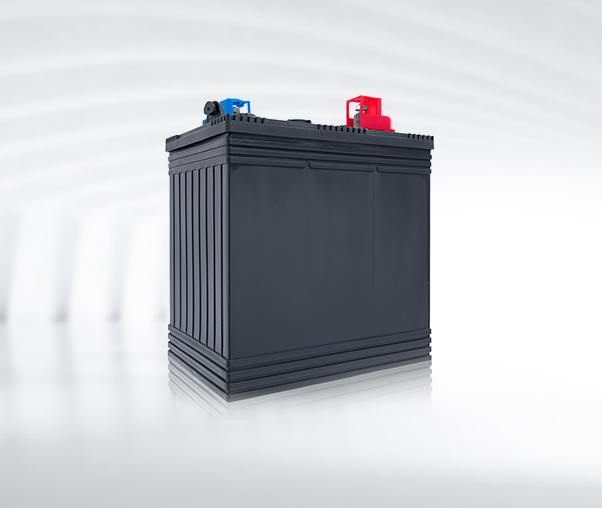


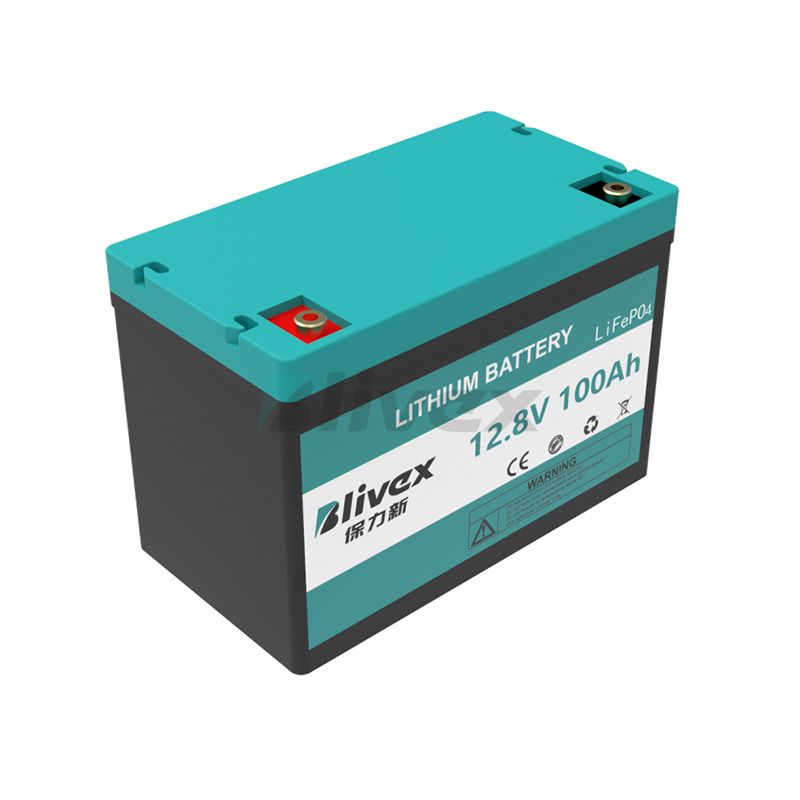
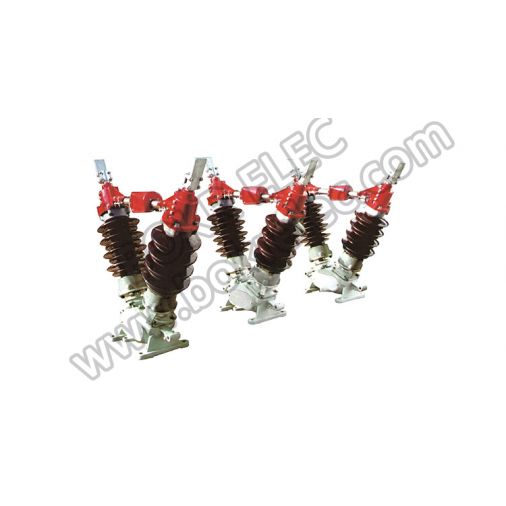
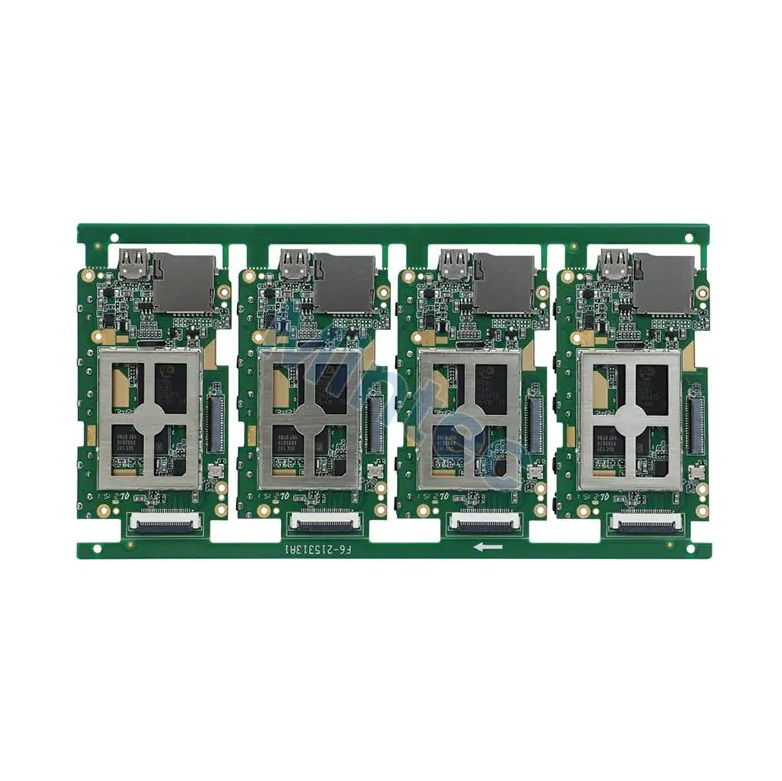
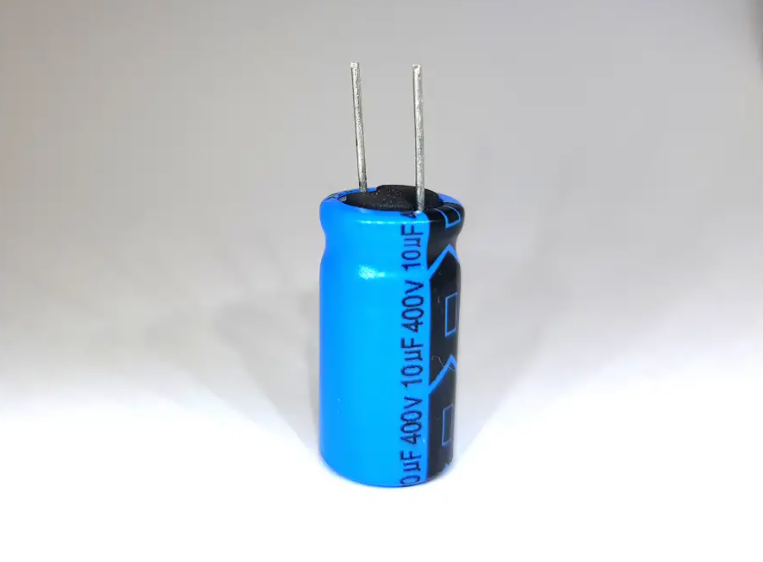
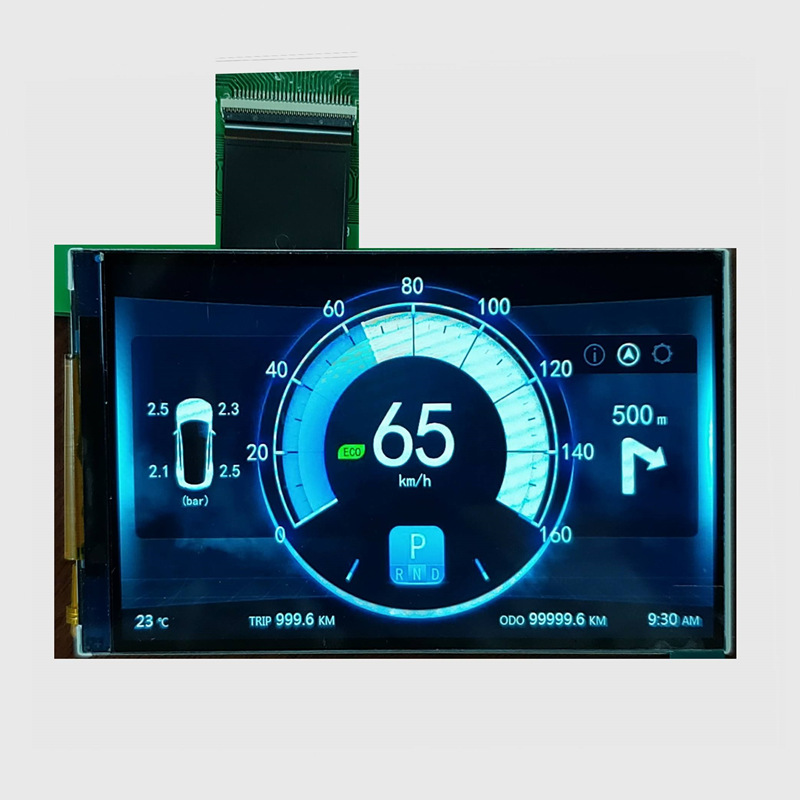
Comments
0